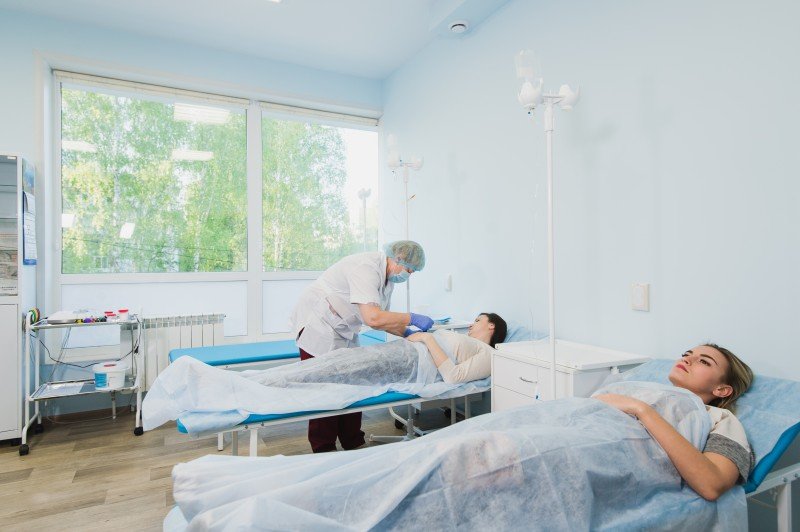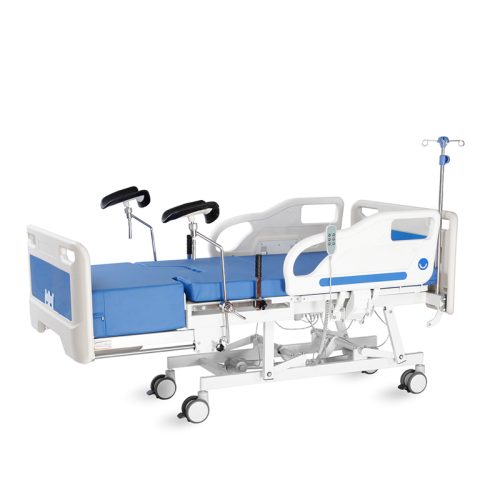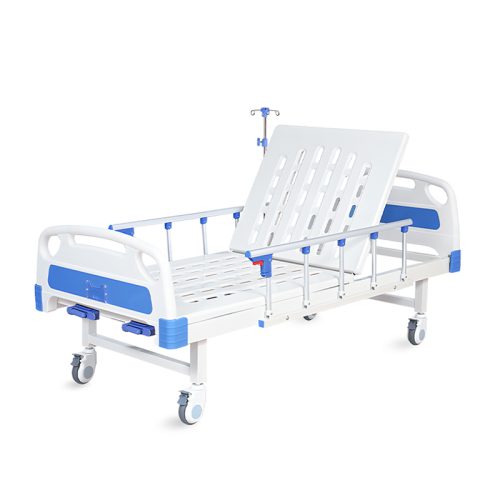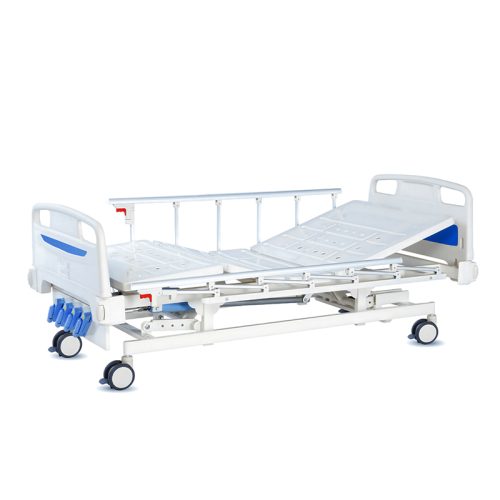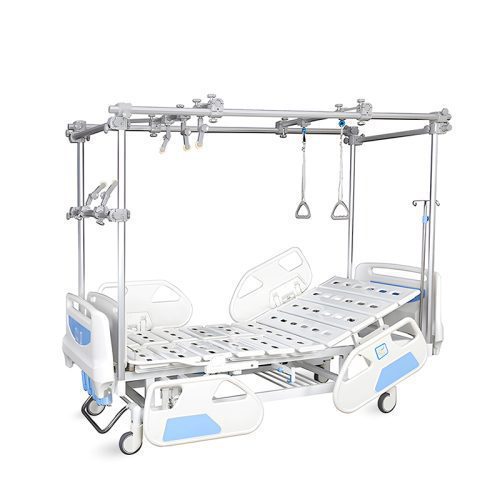
- Lit d'hôpital
Lits d'hôpital pour patients : caractéristiques essentielles pour le confort et la guérison
- Par kelingmedical
What Is A Patient Hospital Bed?
Patient hospital bed: A patient hospital bed is a type of bed that is meant for the patients who need care in their own home or in a medical facility. They are designed to be very easy to height, position, and other settings to get the maximum comfort and support for the bedridden or require motion assistance patients.
Patient Hospital Beds Specifications:- Important Specifications of Patient Hospital Beds
Some key things are different between patient hospital beds and other beds. These features add up to patient comfort, safety and recovery as well as healthcare practitioners’ and family’s ease of use.
1. Comfort and Medical Fit Adjustable.
Most vital of all, patient hospital beds are adjustable. Patient hospital beds do not require any set positions as they can be fixed on the bed by the patient. Common adjustments include:
Head and foot section: Head and foot of the bed are either pushed or pulled to comfort, circulate or support treatment.
Height adjustable: The total bed height can be adjusted to help caregivers move patients easily, especially when they are getting from the bed to a wheelchair or chair.
This flexibility can help to ease the burden on patients who may be in the post-op phase, who lack mobility, or who have chronic conditions.
2. Caractéristiques de sécurité
Safety is a priority for patient hospital beds. Many patients might be unable to move or balance or may become confused so it is imperative that safety measures are in place. Common safety features include:
Rails side: The adjustable side rails keep the patient from falling out of bed by mistake. They also offer a scaffolding for patients to move, or in and out of bed.
Locking mechanisms: Some hospital beds for patients have wheels with locking mechanisms so that bed doesn’t move when rolled out. This is very useful for accident prevention when transferring patients.
Bed alarms: For patients at risk of falling or who need to get out of bed on their own, bed alarms can notify a caregiver if a patient tries to get out of bed.
Such safety precautions are important to avoid any accident and to keep patients safe at bedtime.
3. Comfortable Mattresses and Pressure Relief
Pressure relief is a big issue for those bedridden for extended periods of time. If one continues to push some parts of the body, it causes bedsores or pressure ulcers that are painful and infected. : Most patient hospital beds have special mattresses to prevent this. These mattresses usually contain fabrics that distribute the patient’s weight uniformly without putting pressure on specific parts of the body.
Memory foam beds: These mattresses conform to the body and give you the most comfortable rest with less chance of pressure sores.
Air mattresses: These are mattresses that are filled with air cells and deflated to let air circulate and help you rest.
The selection of a mattress for a patient hospital bed is critical to the level of comfort and prevention of pressure ulcers.
4. Ease of Caregiver Access
If in a healthcare facility or in a home, nurses and carers have close proximity to the patient to provide medical care, hygiene services, and help with activities of daily living. Patient hospital beds are engineered with caregiver convenience in mind.
Adjustable height: When the bed can be raised and lowered, caregivers can give help to patients without breaking their backs or exerting too much physical force.
Controls that are user friendly: Most of the modern patient hospital beds have simple controls, usually through a remote or digital screen, which help bedside caregivers set the bed to various parameters.
They allow caregivers to care for patients with less physical discomfort.
5. Durabilité et facilité d'entretien
Because patient hospital beds will be used for medical and home care, it should be strong and easy to clean. These beds frames are usually constructed from good metal like steel, sturdy and durable. A lot of hospital beds for patients are also covered with surfaces that are wipeable, which is very important for cleanliness in a hospital.
Other patient hospital beds are coated with antimicrobial products or fabrics that keep you from infection.
6. Portability
If you are a patient who needs to be relocated or moved around frequently, a patient hospital bed that is mobile is a big advantage. Most of the patient hospital beds have lockable wheels to be moved safely and easily from one place to another.
This is especially helpful when providing care in home, when patients need to be moved between rooms or when arranging for respite housing.
7. Cost Considerations
There are many advantages and options to patient hospital beds, but when buying you need to think about the cost. Priced depending on the kind of bed, the material, and features. With home care, some options are cheap and still offer such features as adjustability, comfort and safety. There may be pricier models for more complex applications, but they’re going to be more expensive.
A patient hospital bed may be covered by insurance if that’s what your insurance will pay for, so make sure you ask the insurance company if that’s an expense that will be covered.
Conclusion
A patient hospital bed is an investment you can’t afford not to own for anyone in need of long term care. From the home to the hospital, a patient hospital bed can make a huge difference in the comfort level of the patient, their recovery and caregivers. If you know the major aspects, such as adjustability, safety, comfort and user-friendliness, you will be able to decide what’s right for the patient and caregivers in their care.
📧 Courriel : inquiry@shkeling.com
🌐 Site web : www.shkeling.com.cn
Nous nous réjouissons de construire avec vous un partenariat fructueux !

